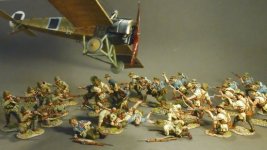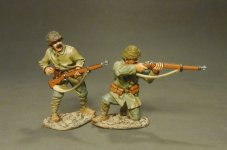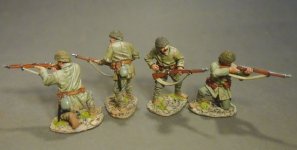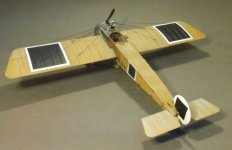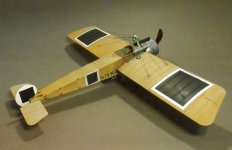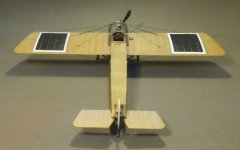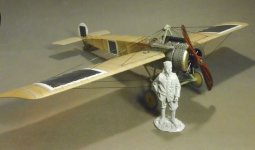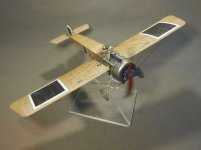NEW RELEASES FOR MARCH/APRIL 2016
WHEELS ACROSS THE DESERT
In 1915, Egypt was the centre of the war effort in the near East. Units would strike westwards into the Sahara desert to deal with dissident tribes who were goaded into action by the Turks, or were sent northwards into Gaza to confront the Turkish army itself.
The Sennussi were a warlike Arab religious sect encouraged by the Turks to tie down as many British troops as possible. Model T Ford cars, escorted by Rolls- Royce armoured cars were used to patrol the desert, and to launch daring raids against the Sennussi.
The most important British armoured car of the first World War was undoubtedly the Rolls-Royce. In terms of the numbers built, effective design and all round quality it was unequalled, and is now taken to typify the vintage armoured car.
The Hedjaz Armoured Car Section, was an unit of three Rolls Royce armoured cars, which operated alongside the irregular forces inspired and guided by T.E Lawrence. This unit also acted independently and mounted long range raids, such as the succesful raid against the Amman railway bridge in September 1918.
The armoured cars earned Lawrence’s respect for their reliability and effectiveness, and in his “Seven Pillars of Wisdom” he mentions that “a Rolls in the desert was above rubies”.
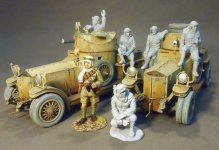
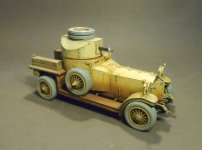
WAD-01
WHEELS ACROSS THE DESERT,
THE HEDJAZ ARMOURED CAR SECTION,
ROLLS ROYCE ARMOURED CAR,
(1pc)
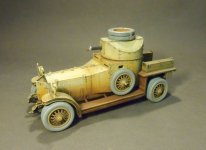
THE GREAT WAR 1914-1918
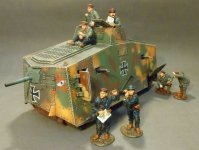
The STURMPANZER A7V was a tank introduced by Germany in 1918, during World War I. One hundred chassis were ordered in early 1917, ten to be finished as fighting vehicles with armoured bodies, and the remainder as cargo carriers. The number to be armoured was later increased to 20. They were used in action from March to October of that year, and were the only tanks produced by Germany in World War I to be used in operations.
Unlike modern tanks, the A7V has no turret. Instead, it has a cupola for the commander and driver, and its main gun, a 57mm Maxim-Nordenfelt, is carried in a mounting in the front, allowing limited traverse. Six Maxim 08 machine guns are carried in mountings, two on each side and two to the rear.
The crew normally consisted of up to seventeen soldiers and one officer: commander (officer, typically a lieutenant), driver, mechanic, mechanic/signaller, twelve infantrymen (six machine gunners, six loaders), and two artillerymen (main gunner and loader).
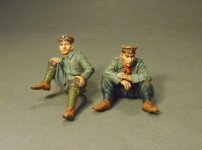
GWG-03
THE GREAT WAR,1914-1918
STURMPANZER A7V,
506 MEPHISTO,
2 GERMAN TANK CREW,
(2 pcs)
Crews for the small German Tank Arm were drawn from the various branches of the Army, all according to their usage: gunners from the artillery, signallers from the communications branch, machine-gunners from the infantry, drivers, mechanics and commanders from the motor troops. They had no special uniform or insignia, and used the standard field uniform. Neither did they have any special insignia, but used the ones of their original organisations. Leather patches were worn on knee and elbow
Also the German Tankers were issued overalls. These were one-piece suits, made either in heavy cloth or in leather; they were normally restricted to drivers, and sometimes to the mechanics as well. They were often worn together with a low, padded, dome-shaped crash helmet. These overalls came with buttons and loops on the shoulders, to allow for the attachment of shoulder straps. German Tankers also used the same type of strange mailed face mask as the British, and often these masks seems to have been captured equipment.
More to follow....................................
WHEELS ACROSS THE DESERT
In 1915, Egypt was the centre of the war effort in the near East. Units would strike westwards into the Sahara desert to deal with dissident tribes who were goaded into action by the Turks, or were sent northwards into Gaza to confront the Turkish army itself.
The Sennussi were a warlike Arab religious sect encouraged by the Turks to tie down as many British troops as possible. Model T Ford cars, escorted by Rolls- Royce armoured cars were used to patrol the desert, and to launch daring raids against the Sennussi.
The most important British armoured car of the first World War was undoubtedly the Rolls-Royce. In terms of the numbers built, effective design and all round quality it was unequalled, and is now taken to typify the vintage armoured car.
The Hedjaz Armoured Car Section, was an unit of three Rolls Royce armoured cars, which operated alongside the irregular forces inspired and guided by T.E Lawrence. This unit also acted independently and mounted long range raids, such as the succesful raid against the Amman railway bridge in September 1918.
The armoured cars earned Lawrence’s respect for their reliability and effectiveness, and in his “Seven Pillars of Wisdom” he mentions that “a Rolls in the desert was above rubies”.


WAD-01
WHEELS ACROSS THE DESERT,
THE HEDJAZ ARMOURED CAR SECTION,
ROLLS ROYCE ARMOURED CAR,
(1pc)

THE GREAT WAR 1914-1918

The STURMPANZER A7V was a tank introduced by Germany in 1918, during World War I. One hundred chassis were ordered in early 1917, ten to be finished as fighting vehicles with armoured bodies, and the remainder as cargo carriers. The number to be armoured was later increased to 20. They were used in action from March to October of that year, and were the only tanks produced by Germany in World War I to be used in operations.
Unlike modern tanks, the A7V has no turret. Instead, it has a cupola for the commander and driver, and its main gun, a 57mm Maxim-Nordenfelt, is carried in a mounting in the front, allowing limited traverse. Six Maxim 08 machine guns are carried in mountings, two on each side and two to the rear.
The crew normally consisted of up to seventeen soldiers and one officer: commander (officer, typically a lieutenant), driver, mechanic, mechanic/signaller, twelve infantrymen (six machine gunners, six loaders), and two artillerymen (main gunner and loader).

GWG-03
THE GREAT WAR,1914-1918
STURMPANZER A7V,
506 MEPHISTO,
2 GERMAN TANK CREW,
(2 pcs)
Crews for the small German Tank Arm were drawn from the various branches of the Army, all according to their usage: gunners from the artillery, signallers from the communications branch, machine-gunners from the infantry, drivers, mechanics and commanders from the motor troops. They had no special uniform or insignia, and used the standard field uniform. Neither did they have any special insignia, but used the ones of their original organisations. Leather patches were worn on knee and elbow
Also the German Tankers were issued overalls. These were one-piece suits, made either in heavy cloth or in leather; they were normally restricted to drivers, and sometimes to the mechanics as well. They were often worn together with a low, padded, dome-shaped crash helmet. These overalls came with buttons and loops on the shoulders, to allow for the attachment of shoulder straps. German Tankers also used the same type of strange mailed face mask as the British, and often these masks seems to have been captured equipment.
More to follow....................................


